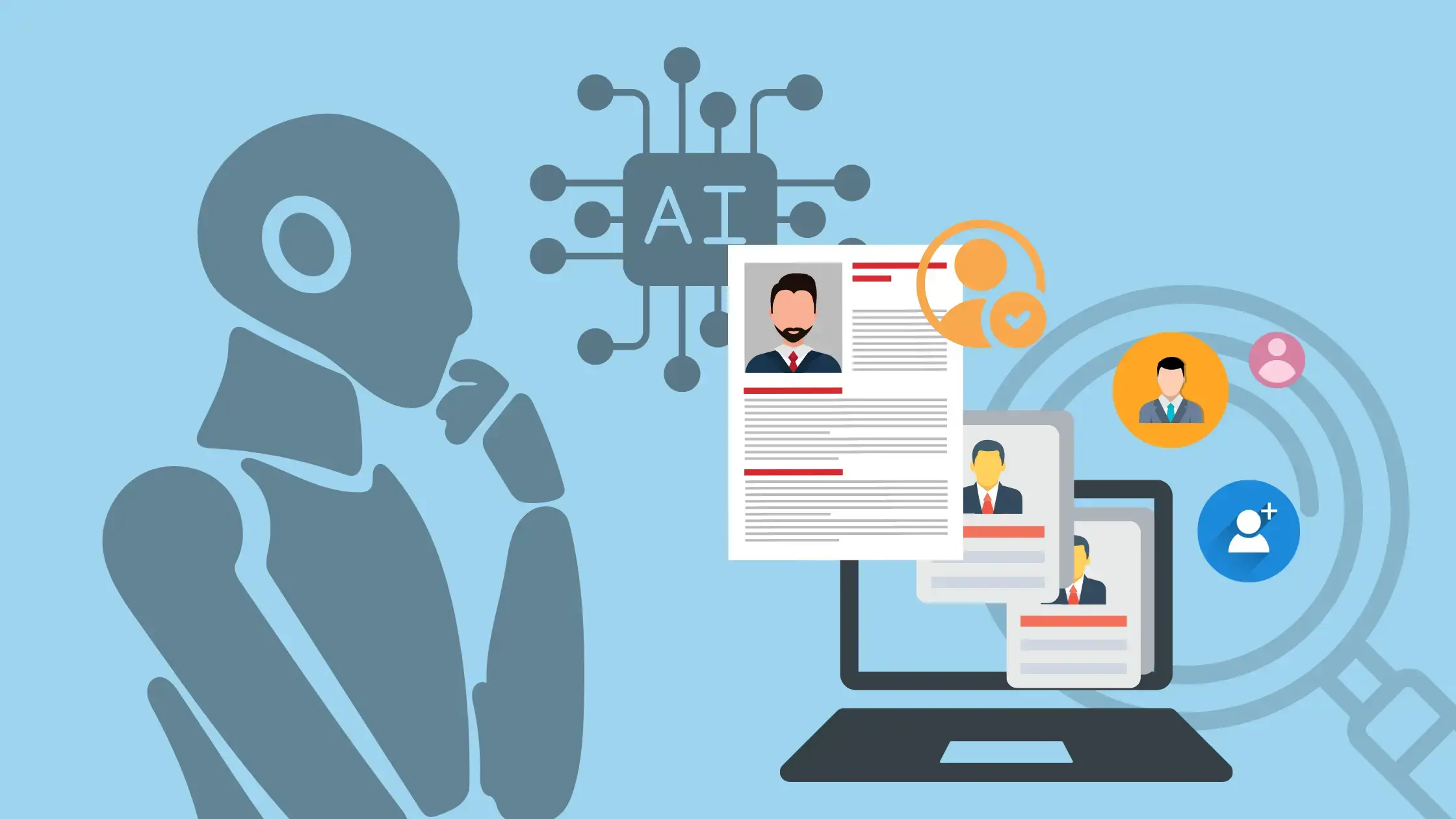Long weekends are a cherished time for relaxation, recharging, and spending time with loved ones. However, as anyone in the staffing industry knows, the work doesn’t slow down just because you took a break. After a few days away, it can be challenging to get back into the groove, especially when you...

Starting a new job can feel intimidating and overwhelming. A thorough training and development program is a great way to ease into an organization. In this blog, we’ll cover 10 things to do to bridge the confidence and readiness gap for new employees.
Create Relevant and Accessible Resources
It’s crucial to create relevant resources for learners to continue to refer back to as they work to solidify their understanding of various concepts. It is important to note that resources should be updated and relevant for the team as policies, processes, and best practices inevitably evolve. A great way to adjust resources to ensure utilization and relevance is to check in with the team, pursuing their constructive feedback on which resources they find most helpful as well as ways to improve those less visited. Getting the team involved in adjusting resources is likely to strengthen their initiative to use them efficiently.
Practical Application and Active Learning
Practical application promotes experiential learning. While theoretical knowledge is important, the practical application of knowledge will provide relevant context, promote critical thinking, deepen understanding as prior knowledge and new information come together, and build confidence. Activities like role-play scenarios or shadowing the learner for the task at hand promotes active participation from the learners, generating practice for accelerated progress.
Learning in a Safe and Supportive Environment
Effective learning happens in a safe space. The sense of safety refers to an environment where curiosity, questions, and even errors are outwardly encouraged. In fact, encouraging mistakes allows the trainer to identify gaps in comprehension and create new ways to deliver the content that may be most effective for the learning style of each individual. Although training environments that encourage errors can be challenging, they can also be more motivating as errors potentially enhance metacognition (the ability to think about your thinking) and self-efficacy (your belief in your ability to accomplish a task). This is also known as “productive failure”.
Deliver Information in an Engaging Way
Creating fun and engaging lessons lends itself to genuine interest, characterized by positive emotions that essentially turbocharge cognition and thinking. When learners are interested, they tend to pay closer attention, process more efficiently, and naturally employ more effective learning strategies such as critical thinking and making deeper connections between old and new. These factors are key components to igniting intrinsic, rather than extrinsic motivation, as well as attributing to stronger memory networks and more meaningful connections. Furthermore, energy is contagious. The instructors’ ability to maintain excitability helps keep learners relaxed and in a good mood, helping them to remember more information associated with that mood later on.
Define the Objective of a Training
Each training should have an intentional objective shared aloud with the learners as a guidepost in helping them understand what they can expect to be able to do with the new information by the end of the lesson. Additionally, it lets learners know what’s most important to focus on in that specific training. Objectives should be clear, measurable, and attainable, followed by an assigned task or meaningful discussion to assess learning progress and immediately address any gaps in comprehension.
Be Open-Minded and Self-Reflective
As a facilitator, it is important to be open-minded, always meeting learners where they are in their learning process and acknowledging their potential, rather than solely identifying them with their achievement gaps. Effective instruction comes from the belief in the receiver’s ability to integrate the feedback to improve. As the instructor, it’s essential to be self-reflective to identify patterns in comprehension gaps to pivot and improve methods to reach all learning styles. Whether you’ve created the lesson, or it was prepared for you, take a few minutes after each training to assess your teaching. Make a point to reflect within the same day and make notes while your observations are fresh. Be sure to note down the positive experiences, along with the more challenging ones to find innovative ways to improve future delivery of instruction to overcome any predictable learning challenges.
Consistent and Constructive Feedback
Providing constructive feedback is an important contribution to the work culture, as well as effective learning. Work culture should foster regular constructive feedback from peers to enrich training concepts and strengthen the team dynamic. Constructive feedback goes beyond broad generalizations with a clear and specific point that the recipient can use to build, develop, and take action to move forward. Constructive feedback comes from a place of support, intended to assist the learner to grow in some way. The more clear and specific the feedback, the more constructive it can be.
It’s All About the Why
Taking the time to explain the rationale for certain decisions, processes, and even individual goals will create a stronger investment not only in the individual’s personal integrity of effort but also in their sense of teamwork. When introducing a new concept, it’s important to help learners understand how it will affect them, their team, other processes, and their goal of obtaining the objective they’re striving for. This contributes to intrinsic motivators for each individual and helps them make deeper connections that are familiar, relatable, and meaningful.
Establish Trust with Reliability
Building trust through reliability is crucial in a learning space. Promoting a culture of trust encourages collaboration and builds a creative workplace. This trust begins in the training environment, with consistent support from all areas of the team. Setting expectations for things like goals, following through with assignment due dates, and meeting expectations subconsciously builds the learner’s trust as they progress toward targeted accomplishments with clear, unwavering expectations.
Visuals and Mental Models
It is important to create lessons with all types of learners in mind. If you’re unsure where to start, research shows that over half of the population is comprised of visual learners. Images are the simplest and the most effective way to make sure that the information gets stored as long-term memory. There are several advantages of visual aids including storing information longer, simplifying and expediting information, stimulating imagination, and promoting interest and engagement. Utilizing mental models and infographics has the potential to invoke higher-order thinking skills beyond memorization such as relevant application and synthesis.





